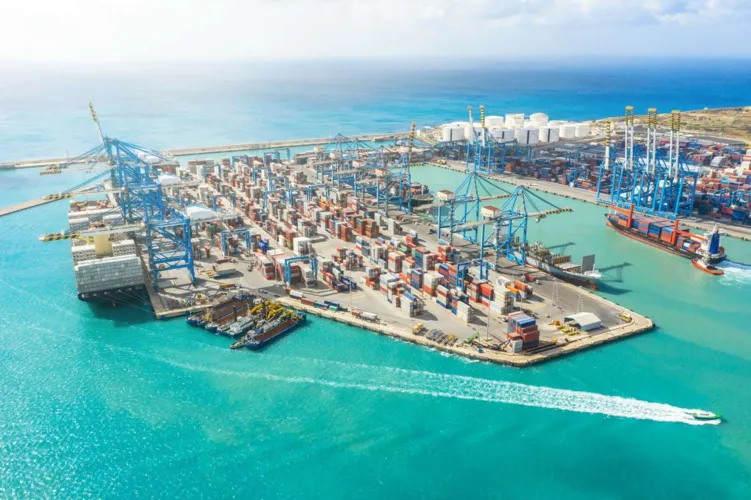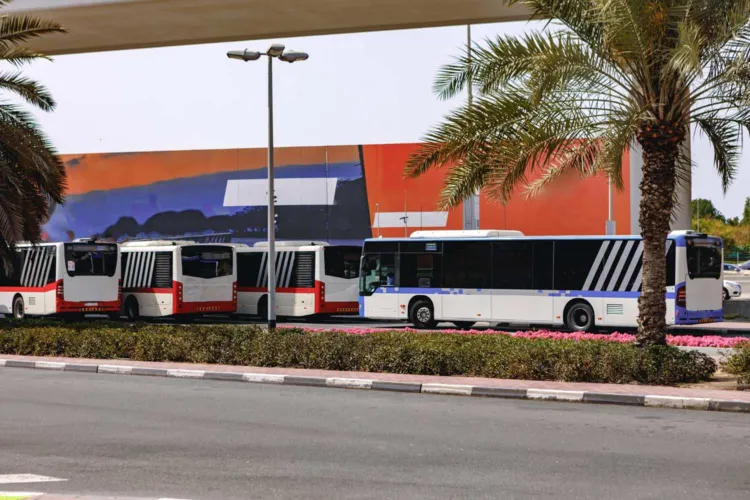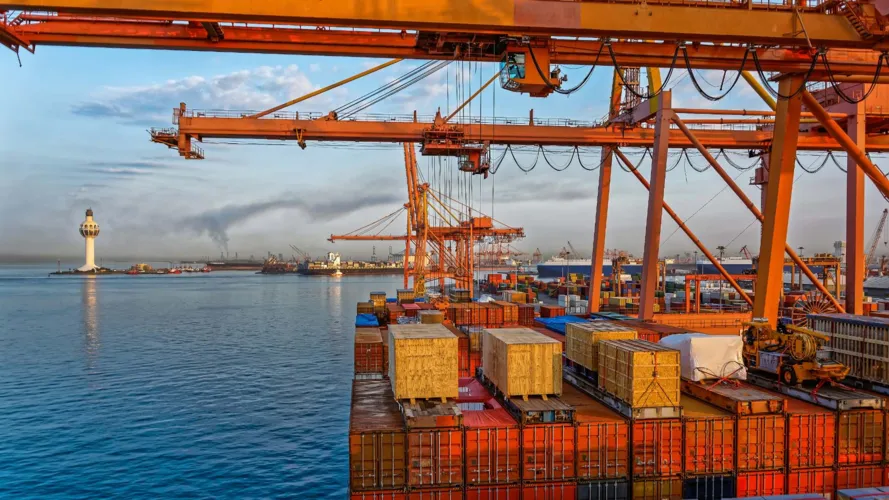Healthcare Expansion in the Kingdom: A Vision 2030 Priority
Saudi Arabia is undergoing a profound transformation in its healthcare sector, driven by population growth, epidemiological shifts, and the strategic objectives of Vision 2030. The Saudi government has committed billions of dollars to developing a world-class healthcare system that is accessible, efficient, and technologically advanced. As part of this strategy, the Kingdom is investing in new hospitals, primary care networks, telemedicine platforms, and public-private partnerships (PPPs) to meet the healthcare needs of its citizens and residents.
The Ministry of Health (MOH) is in the process of restructuring and decentralizing healthcare delivery across the country, allowing regional health clusters to operate with greater autonomy. This transformation has stimulated demand for private investment, encouraged digital health innovation, and increased the need for reliable and responsive logistics and supply chains.
Growth Drivers: Demand, Investment, and Infrastructure
The Kingdom’s healthcare sector is forecast to grow at a CAGR of 7-9% over the next five years, driven by several key factors. First, a growing population—expected to reach 40 million by 2030—is increasing the demand for medical services and products. Second, the rise of non-communicable diseases such as diabetes, cardiovascular illness, and obesity requires chronic care management and pharmaceutical access across the country. Third, government reforms have enabled greater private sector participation, including the operation of health facilities and the importation and distribution of medical goods.
Mega-projects such as NEOM, the Red Sea Project, and Qiddiya also require healthcare ecosystems that are well-integrated and logistically supported. With this growing complexity, the healthcare supply chain is emerging as a strategic asset. Efficient warehousing and distribution capabilities are now essential to ensure medicine availability, medical equipment readiness, and support for rapid emergency response across Saudi Arabia’s vast geography.
The Rise of Healthcare Warehousing: From Support Function to Strategic Enabler
As healthcare demand scales up, warehousing is no longer a back-office function—it is a core pillar of healthcare operations. Saudi Arabia’s pharmaceutical and medical supply chains require temperature-controlled storage, advanced inventory management systems, and regulatory compliance in warehousing practices. Cold chain infrastructure is particularly important for the storage and handling of vaccines, biologics, and specialty medications.
The General Authority for Food and Drug Administration (SFDA) has imposed stricter guidelines on storage standards, traceability, and real-time reporting. Compliance with these standards requires significant investment in warehousing technologies and skilled personnel.
Moreover, hospitals, clinics, and pharmacies are seeking just-in-time (JIT) inventory models to optimize working capital and avoid stockouts. This shift demands warehousing facilities that are not only strategically located but also digitally connected to supplier and provider networks. Real-time visibility, SKU-level tracking, and integration with hospital ERP systems are quickly becoming standard.
Logistics and Free Zones: Riyadh, Jeddah, and Dammam as Healthcare Hubs
Saudi Arabia’s three largest cities are becoming regional healthcare logistics hubs. In Riyadh, new logistics zones are being developed around the King Salman Park and the Riyadh Dry Port, which will support medical product distribution. Jeddah, with its port and proximity to international shipping lanes, is ideal for pharmaceutical imports and west-coast distribution. Dammam’s location in the Eastern Province positions it as a key gateway for medical products from Bahrain, the UAE, and beyond.
Specialized free zones such as the King Abdullah Economic City (KAEC) and the planned Global Supply Chain Resilience Initiative (GSCRI) sites are expected to attract investment in high-grade warehousing, particularly in healthcare and life sciences. These zones offer streamlined customs processes, tax incentives, and advanced infrastructure that are tailored to the needs of healthcare logistics.
Technology and the Future of Healthcare Warehousing
Technology will continue to redefine the healthcare warehousing landscape in Saudi Arabia. Automated storage and retrieval systems (ASRS), robotics, IoT-enabled monitoring, and AI-based demand forecasting are being integrated into modern warehouse designs. These technologies help ensure product safety, regulatory compliance, and efficiency at scale.
In addition, digital health platforms and e-pharmacy models are adding new pressure points to traditional warehousing. With patients increasingly ordering medicines and devices online, distribution centers must adapt to smaller, more frequent orders with high accuracy and speed. Last-mile healthcare delivery—especially in underserved or remote regions—depends on responsive warehousing that can act as fulfillment and dispatch hubs.
Conclusion
The rapid development of Saudi Arabia’s healthcare sector is driving significant changes in the warehousing landscape. What was once a support function is now a mission-critical component of national healthcare infrastructure. As the Kingdom pushes forward with its ambitious transformation agenda, healthcare warehousing will play a pivotal role in ensuring timely access, system efficiency, and patient safety. For investors, logistics providers, and healthcare operators, now is the time to align with this fast-evolving sector and build the capabilities required to serve a healthier, more connected Saudi Arabia.
Read also other article: Driving Efficiency: The Role of Supply Chain Experts in Saudi Businesses







